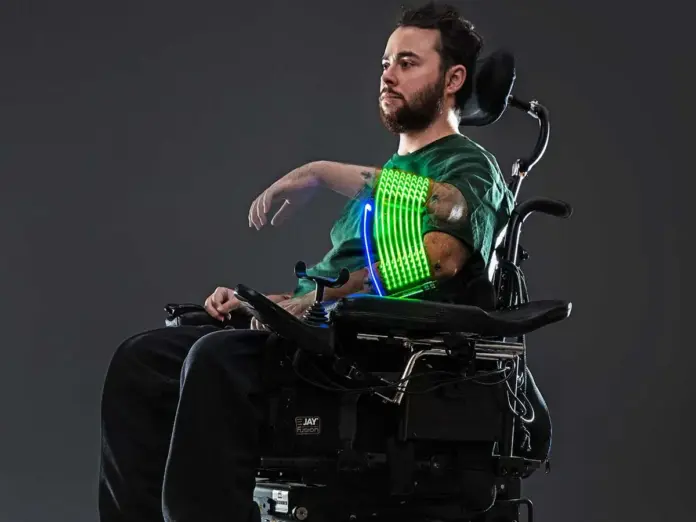Summary
His movements didn’t rely on the damaged spinal cord inside his body. Instead, he used a technology that we call a neural bypass to turn his intentions into actions. First, a brain implant picked up neural signals in his motor cortex, which were then rerouted to a computer running machine-learning algorithms that deciphered those signals; finally, electrodes wrapped around his forearm conveyed the instructions to his muscles. He used, essentially, a type of artificial nervous system. in which we use devices to read and modulate the electrical activity within the body’s nervous system, pioneering new treatments for patients. My group’s particular quest is to crack the neural codes related to movement and sensation so we can develop new ways to treat the millions of people around the world who are living with paralysis
Analysis
The first takeaway I had from the article was how many people are paralyzed in the world. It seemed crazy to me that so little had been done to give people back physical sensation in their body. Let alone, that is a remarkable task to stride for. The things that this research group has accomplished has been remarkable though and it feels like it could definitely have on the field applications. People who have been diagnosed as “green” or “yellow” are now more low priority due to severity of their injuries where medics have to prioritize those who are more injured. This technology, the one without the brain implant could be given and used by soldiers injured to continue fighting or to retreat back to safety without the assistance of their comrades. Considering it is technology that triggers your muscles that may not be as responsive there could be applications in more areas than just the forearm section. In theory this could help keep the injured and the ones still on the front lines in safer conditions which is the top priority.




